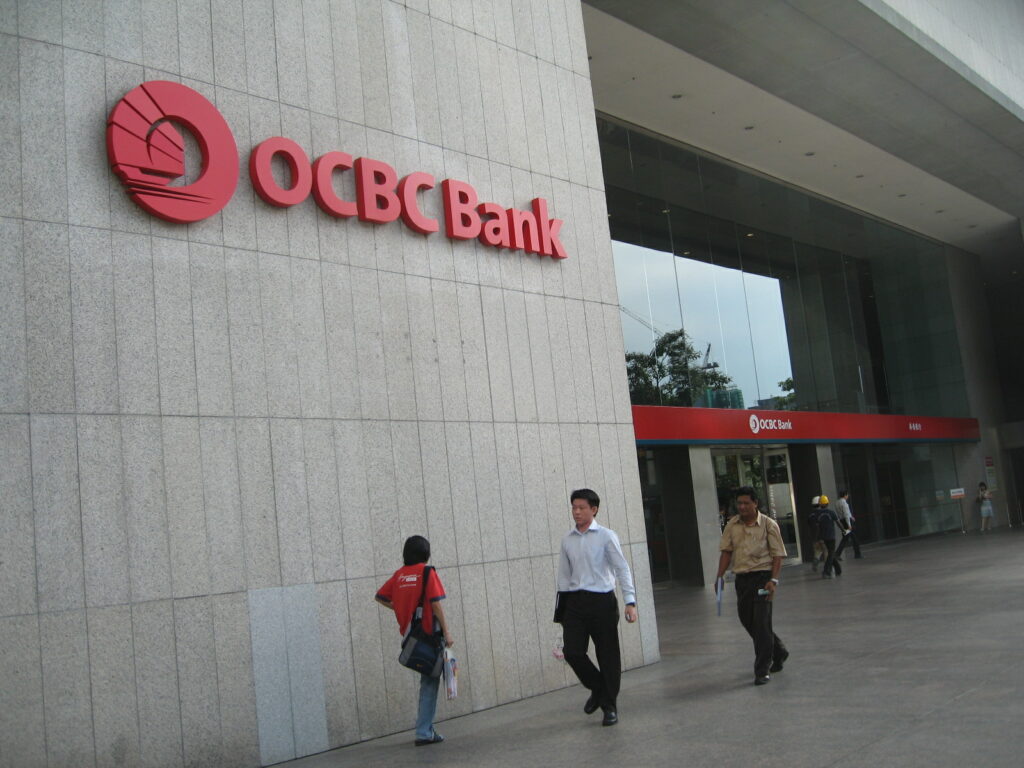Hot on the heels of DBS Group Holdings’ (SGX: D05) full-year earnings release, a second local bank, OCBC Ltd (SGX: O39), has also released its full-year financial report card.
Banks provide a window into how economies are doing as they keep a close eye on businesses’ financial health.
Reading the commentaries from bank CEOs gives investors insights into how companies are coping with the pandemic and whether they are still under stress.
Like DBS, OCBC also shouldered the weight of increased allowances that eroded its bottom line.
Another shared opinion with DBS was OCBC’s expectation that 2021 may turn out better than expected.
Here are five highlights that investors should take note of for the bank’s full-year earnings.
Weaker revenue and profit before allowances
With lower global interest rates, OCBC’s net interest income fell by 5.8% year on year to around S$6 billion.
Non-interest income came in at S$4.2 billion, 8.1% lower compared to a year ago, leading to a 6.7% year on year decline for OCBC’s total revenue.
Strong deposit growth was one factor that led to weaker net interest income as the bank experienced a surge in deposits that pushed the loan-to-deposit ratio from 86.5% at end-2019 to 83.7% at end-2020.
Fee income declined due to lower loan-related fees and credit card spending but was offset by a 5% year on year rise in wealth management fees.
The overall wealth management segment, which includes insurance, private banking, asset management, stock broking and more, was a bright spot for the bank, with income from the segment just 1% lower year on year.
Meanwhile, private bank assets under management scaled an all-time high of US$121 billion.
On the other end, allowances for bad loans added up to S$2 billion for the year, more than doubling from the S$890 million a year ago, as COVID-19 weakened the ability of borrowers to service their loans.
As a result, OCBC’s net profit dived by 26.4% year on year to S$3.6 billion.
NIM stabilising
Net interest margin, or NIM, indicates the spread between the interest rates charged on loans and the interest rate paid on deposits.
OCBC’s NIM declined by 0.16% from 1.77% in 2019 to 1.61% in 2020 due to the depressed interest rate environment.
For the fourth quarter of 2020, the drop was even steeper, falling from 1.77% a year ago to 1.56%.
There was a silver lining, though.
NIM seems to be stabilizing after closing at 1.54% in the third quarter of 2020.
For 2021, the bank is expecting NIM to be between 1.5% and 1.55%, signalling that most of the decline had already passed.
Healthy loan book
OCBC’s loan book remained robust, growing at 1% year on year to S$267 billion despite the adverse impact of COVID-19.
For context, the bulk of loans (~41%) were from Singapore, while around a quarter was out of China.
If we go by industry, building and construction loans made up the lion’s share at 27% of the loan book, while home loans came in second at 22.4%.
Investors need not worry too much about the bank’s exposure to sectors that are still under continued stress.
Around 4% of the loan book belonged to the beleaguered oil and gas sector, while the aviation sector took up less than 1% of total loans.
Besides, only around 2% of the group’s loans are under moratorium as of 31 January 2021, down significantly from four months ago where 9% of OCBC’s loans were under moratorium.
Capped dividends
OCBC declared a final dividend of S$0.159, taking its full-year 2020 dividend to S$0.318 per share.
At S$0.318, the bank’s pay-out ratio stood at 39%, in line with the 37% to 47% pay-out range over the last four years.
This level of dividends is also exactly 60% of what was paid out in 2019, as the Monetary Authority of Singapore had called on the local banks to moderate their dividend payments in light of the pandemic.
At a share price of S$10.88, OCBC’s trailing 12-month dividend yield stands at around 2.9%.
Cautious optimism
In an update provided by the CEO, the bank sees early signs of a recovery.
However, it noted that this nascent recovery was not broad-based and different sectors continued to be impacted by varying degrees.
Sentiment has been lifted as people are now less anxious about COVID-19.
This boils down to two key reasons: a better understanding of how the coronavirus works, and the availability of multiple vaccines.
The bank also assured investors that the exit from loan relief programmes has been well-coordinated, thus avoiding the dreaded “cliff” effect where many companies fail to service their loans once assistance is withdrawn.
All in, it appears that the bank is being cautiously optimistic that economic conditions will improve for the rest of 2021.
Want to know what are the 10 Growth Stocks that could Supercharge Your Portfolio? In our latest special FREE report, we cover 3 unstoppable growth trends and the 10 stocks that will ride them in 2021 and beyond! CLICK HERE to download now!
Follow us on Facebook and Telegram for the latest investing news and analyses!
Disclaimer: Royston Yang owns shares in DBS Group Holdings Ltd.





